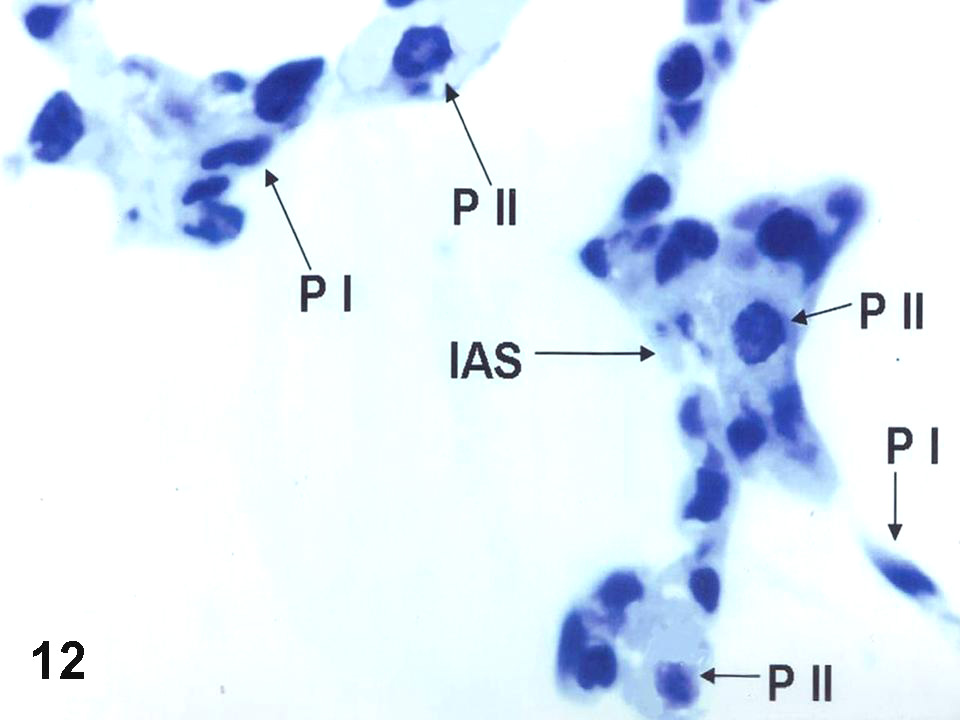Introduction Nicotine is an alkaloid that was responsible for most of the dangerous effects of cigarette smoking on human body health. Curcumin is a component of turmeric that is a yellow spice derived from the plant curcuma longa and has anti-inflammatory, antioxidant and antimalignancy properties.
Aim of the work: Is to study the ability of curcumin to protect against the toxic effects of nicotine on the lungs of adult male mice using the light and electron microscopes.
Materials and methods: 30 adult male mice were used in this study. They were divided into three groups. The 1st group was considered as control, the second group were received subcutaneous nicotine in a dose of 2.5 mg/kg/day for one month while the third group were received subcutaneous nicotine in a dose of 2.5 mg/kg/day and oral curcumin in a dose of 80 mg/kg/day for one month. At the end of the experiment the animals were sacrificed and specimens of the lungs were extracted and processed to be examined by light and electron microscopy.
Results: In group two, there was hypervascularity, marked cellular infiltration around the walls of the bronchioles, destruction of the elastic fibers and appearance of vacuoles in the cytoplasm of type II pneumocytes,while in group three ,there were ameloriation of these toxic effects that was induced by nicotine.
Conclusion: curcumin can be used to decrease the harmful effects of nicotine on the lungs in both active and passive smokers


